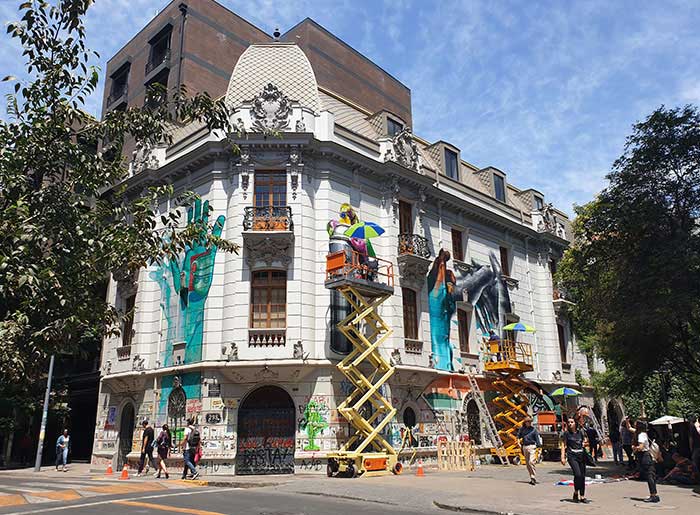
These are the insights we share, drawn from our personal travel experiences, as we seek to immerse ourselves in the essence of the local culture. Here is a list of our top 10 ways to truly explore Santiago de Chile like a local:
Santiago’s metro is one of the best and most efficient in Latin America. To date, it has 7 lines in operation.
The three most popular neighborhoods among travelers in Santiago de Chile:
are well connected by metro.
When planning your stay in the Chilean capital, it is highly recommended to book a hotel near a metro station for convenient transportation. Our top tip is to consider staying in the vicinity of Tobalaba station, situated on the border between Providencia and Las Condes. This superb and safe location offers a diverse selection of restaurants, coffee shops, and bars, ensuring you have a plethora of options for dining and entertainment.
Take a look at the most up-to-date version of Santiago's metro map.
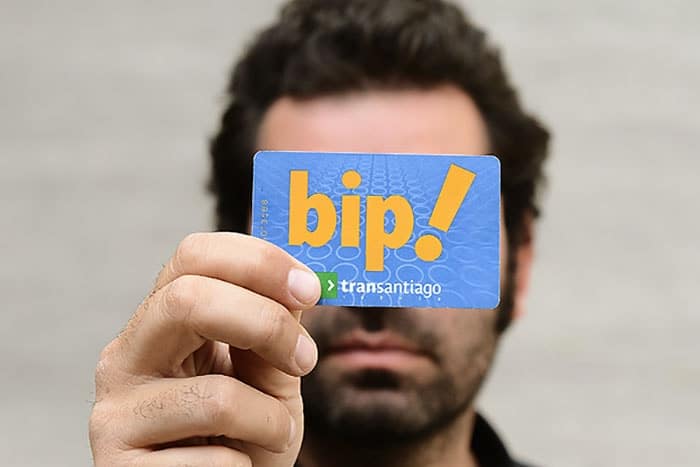
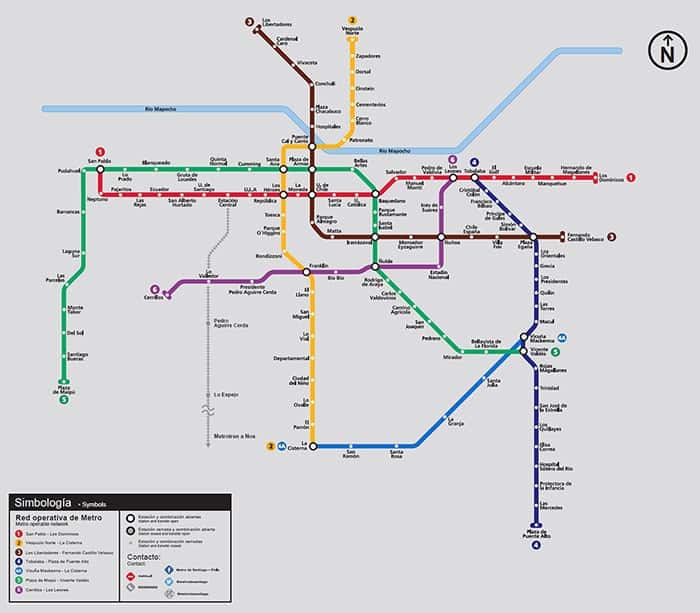
You can buy a Bip!, Santiago’s smart card, to use the public transportation which includes not only the metro but also the public ‘Transantiago’ busses.
The cards are available at all metro stations. Before traveling, simply load credit on the card according to how many rides you plan to take. Topping up the Bip card can be done online or at any automatic ticket booth in any station.
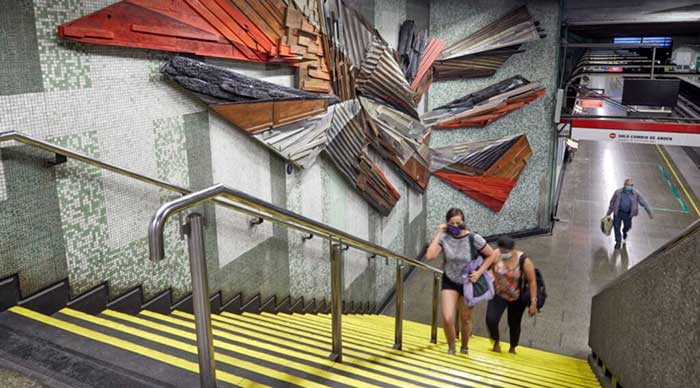
This building bears the name of ‘Gabriela Mistral’ - a Chilean writer who was also the first Latin American author to receive a Nobel Prize in Literature (in 1945).
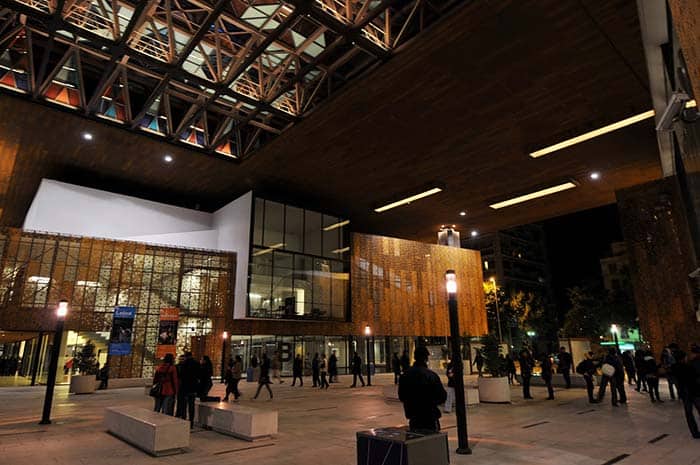
The cultural center, only a few meters away from the ‘Universidad Catolica’ metro station, is a space that is devoted to disseminating and promoting performing arts and music. With its massive footprint (22.000 m²), the GAM not only hosts exhibitions and cultural events but is also a social meeting place.
The diversity of interests of the attendees, the architecture, and topics covered at GAM make it almost impossible to meticulously plan a visit as you will find yourself being distracted by one interesting thing after another as you make your way through the building. One thing is for sure, once you arrive you probably won’t ever want to leave.
To soak in the magnificent panoramic views of Santiago, I recommend a visit to Sky Costanera. During my trip to Santiago in the summer, I couldn't resist the allure to visit South America’s tallest tower, Gran Torre Costanera, standing tall at 300 meters (980 feet). The 61st and 62nd floors house the expansive observation decks known as Sky Costanera.
Visiting Santiago in summer (December-March) has two advantages: fewer crowds as locals go on school holidays and a higher chance of clear skies due to reduced smog.
The tower is conveniently located at walking distance from the Tobalaba metro station. As you make your way there, you'll pass by an array of stores featuring international brands, adding a touch of cosmopolitan charm to your journey.
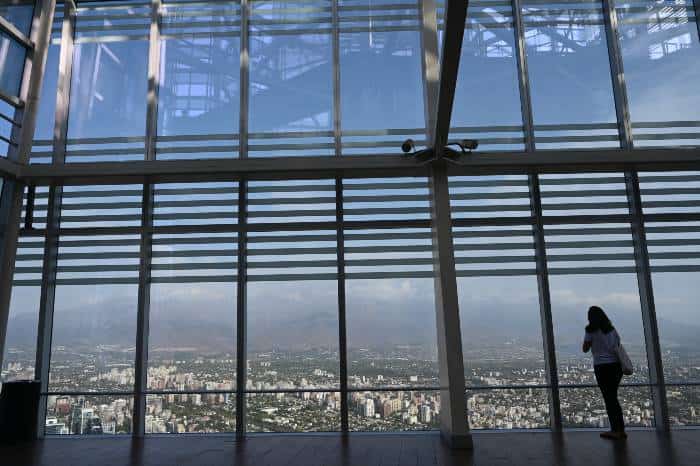
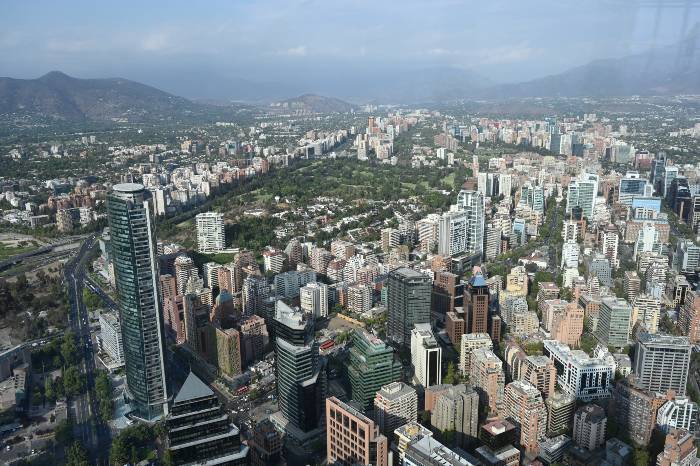
While the entrance fee for adults, which includes the elevator ride, may not be the cheapest (around USD 20), the breathtaking 360° views of the city are worth every penny. On a clear day you will spot the majestic Andean mountain range and numerous iconic landmarks that define Santiago's skyline as the national stadium or Santa Lucia Hill.
To make your experience seamless, I recommend purchasing your entrance ticket for Sky Costanera online, allowing you to select your preferred time slot with ease.
If you find yourself craving a bite to eat or a refreshing drink during your visit, look no further than Sky 300 Bar & Coffee.
For an extra special treat, plan your visit on a Friday, there is a 'Wine Session' starting at 5:30 PM. On these evenings, you'll be treated to live music and wine tasting sponsored by Undurraga wines, providing the perfect accompaniment to your unforgettable Santiago adventure.
This neighborhood is known for its vibrant art scene, with numerous art galleries, cultural centers, theaters and small independent restaurants offering great dining experiences.
One of favorites is Liguria. The first Liguria opened back in 1990, and since then much has changed. Today they have three additional branches, though, their essence remains intact. Regular guests of the establishment visit because they know that they can get tasty cocktails, a wide variety of Chilean wine, and craft beer served with delicious local homemade food in a bohemian and cozy atmosphere.
Locals love Liguria’s Mechada sandwich’. The ‘Mechada’ Chilean style is a slow-cooked and shredded beef meat that is served as either a sandwich or main dish (with a side).

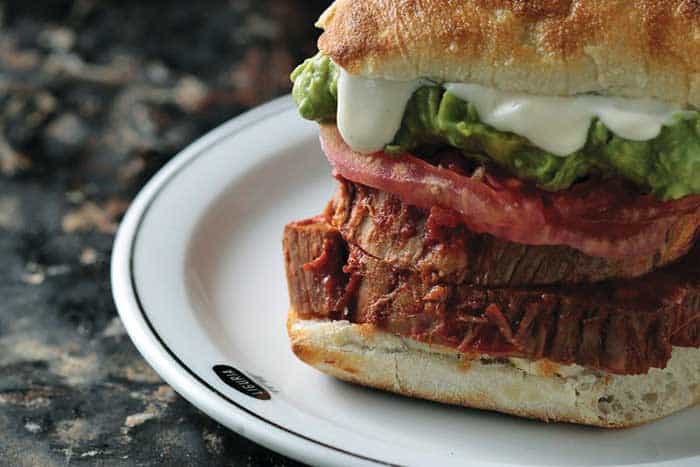
The menu has a few, rather sparse, vegetarian options as well 😉
To drink? Follow the Santiaguinos' example and ask for a ‘Borgoña’ (a traditional cocktail made of red wine and strawberries). In summer the locals will order a pitcher in order to get the conversations started.
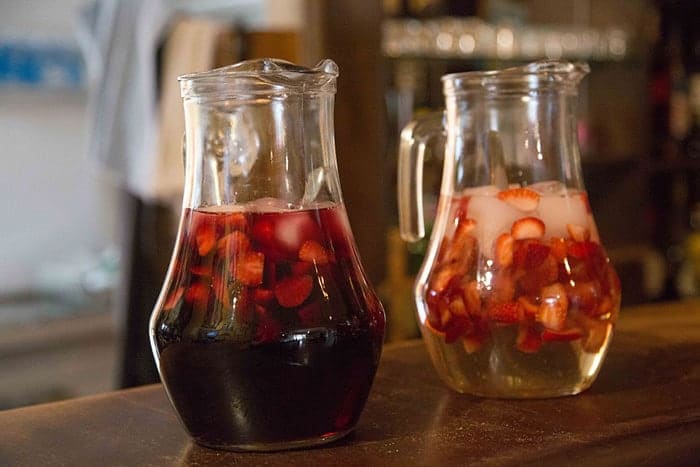
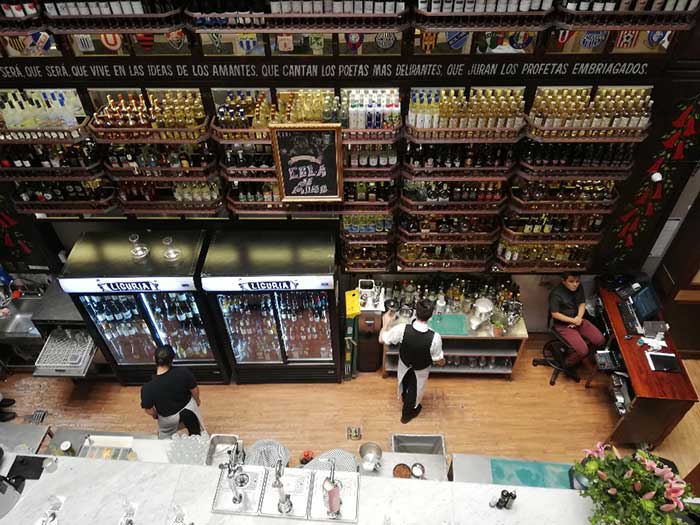
During your stay in Chile, it's a common desire to explore a wide variety of Chilean wines and gain a better understanding of which ones to bring back home. BocaNariz stands out as one of the top destinations. As a renowned wine bar and restaurant, they offer an impressive selection of 300 Chilean wines by the glass, available in 150ml or 50ml servings for convenient tasting.
The extensive wine list is proudly showcased on a large board adorning the wall, as captured in the picture below.
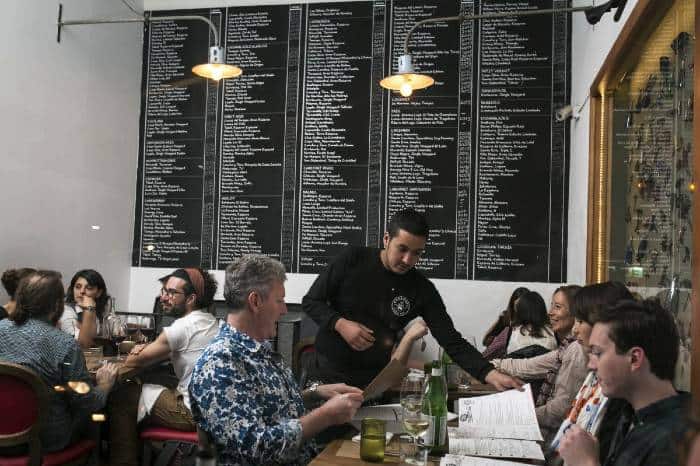
If hunger strikes, their creations will not only delight your palate but are also Instagram-worthy works of art. In addition to à la carte options, you can also choose the food and wine pairing menu (as I did).
Ben is an American expat who has made a name for himself in Santiago, Chile. He's the mastermind behind Beervana, a trendy bottle shop located in Providencia. But that's just the beginning. In 2013, Ben set his sights higher and opened El Honesto Mike, a must-visit beer bar that has become one of the most recommended spots in the city. With a fantastic selection of craft beers from the US and Chile and mouth-watering food, it's no surprise that it's a local favorite.
His second location of El Honesto Mike in Lastarria has quickly become a hot spot for beer and burger lovers. The bars offer a perfect selection of 20 craft beers, and their burgers are made using fresh meat ground on the same day.
Check our 'Santiago city tour with craft beer' including a stop there.
You probably won’t find the names of these very traditional adjacent neighborhoods in any conventional travel guides for Santiago. But, both are worth a visit and are easy to reach by looking for the ‘Cumming’ metro station.
If you picked a hotel in Las Condes, you will find more modern architecture while strolling around Brasil and Yungay the architecture will transport you back to the 19th century when wealthy Santiaguinos lived here in their neo-gothic and neo-classic style houses.
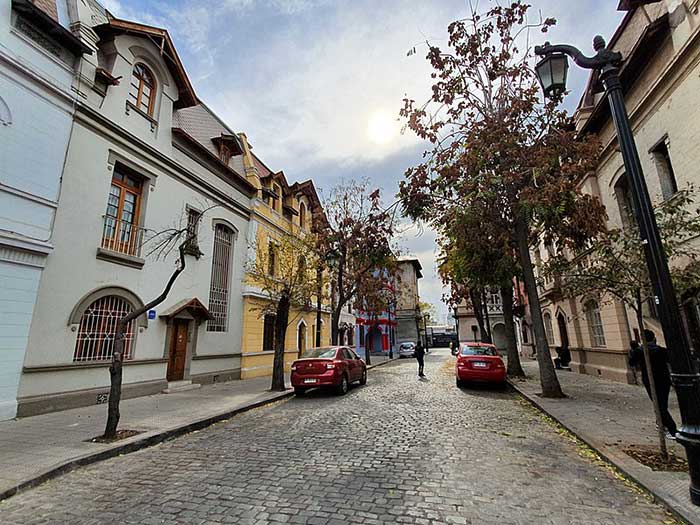
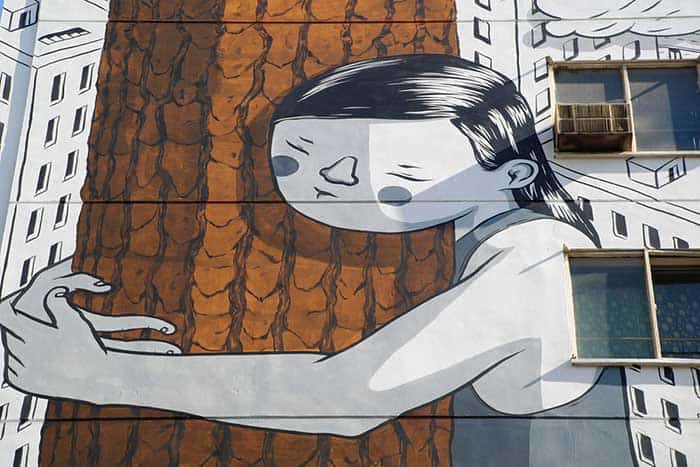
It was only around 1940 that these neighborhoods experimented with a transformation into a more bohemian/cultural urban area when Santiago’s elite moved east to new neighborhoods such as Las Condes.
‘Avenida Brasil’ is full of late-night bars and restaurants with a casual twist and a personal touch.
Only 2 blocks separate Barrio Brasil from Barrio Yungay. The latter being our choice when wanting to experience a quiet walk while contemplating daily life in the Chilean capital.
Fine French cuisine is served at ‘Peluqueria Francesa’ in a historic building - a former hairdressing salon run by a Frenchman from 1868 until the 1990s.
Today, under the leadership of the grandson of its original owner, it is one of the city’s more innovative dining experiences. This quirky café resto-bar, with its myriad of antiques, has a turn-of-the-century charm that attracts local hipsters with its fine French tapas and dishes. Please note that on weekend evenings the ‘Peluqueria’ gets exceptionally crowded.
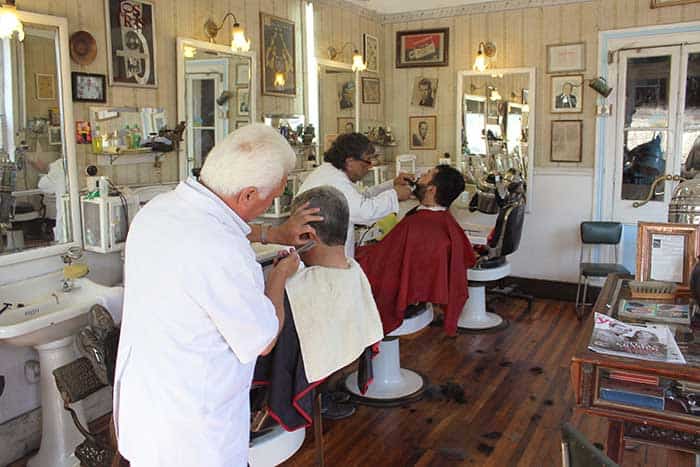
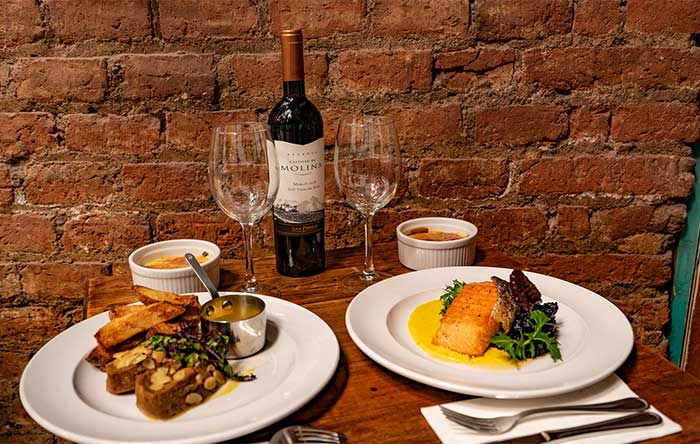
A short 7-minute walk separates the main square of Barrio Yungay from this museum.
From 1973 through 1990, an authoritarian regime ruled Chile. The ‘Museo de la Memoria y Derechos Humanos’ was created in 2010 to reflect on and remember the human rights abuse suffered under the Chilean dictator Pinochet.
The three-story building is architecturally stunning, both inside and out. But most importantly, the stories within it are crucial to understanding today's Chilean society.
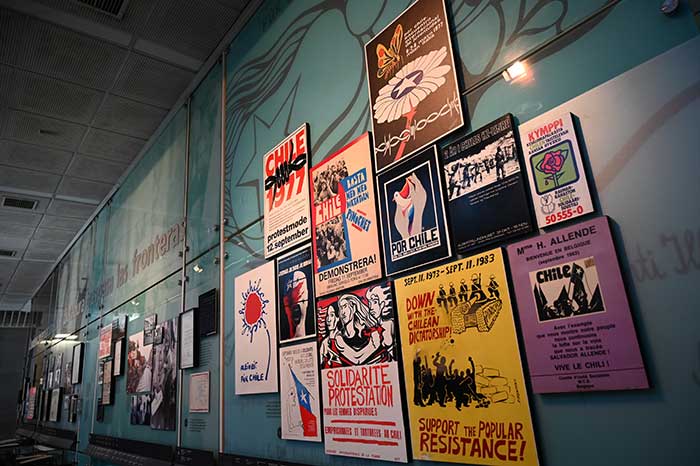
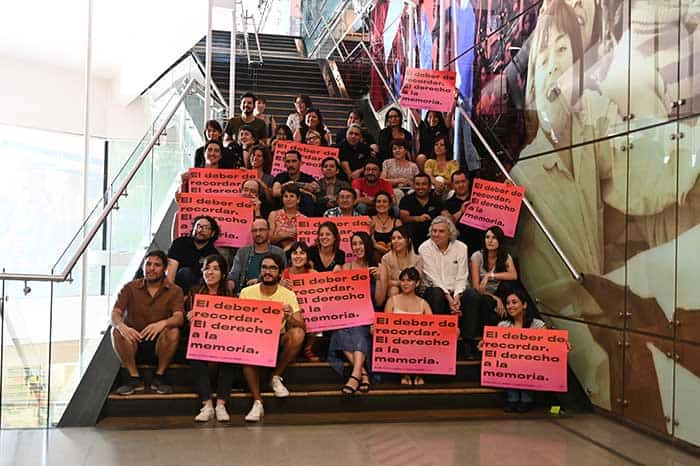
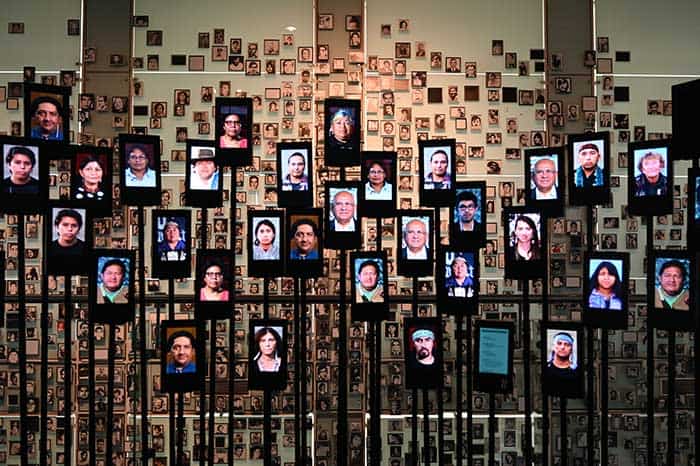
According to National Geographic, Santiago is one of the best places in the world for street art and graffiti.
'Museo a Cielo Abierto’ (Open Sky Street Art Museum), with its 4.000m² open-air area, is Chile's largest exhibition for urban art. Imposing graffiti adorns the low-income apartments, rejuvenating the neighborhood of San Miguel, and breathing new life into it as part of a public cultural project.
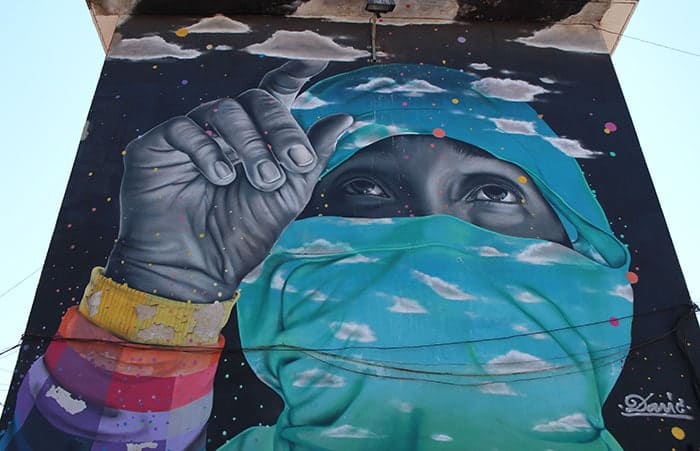
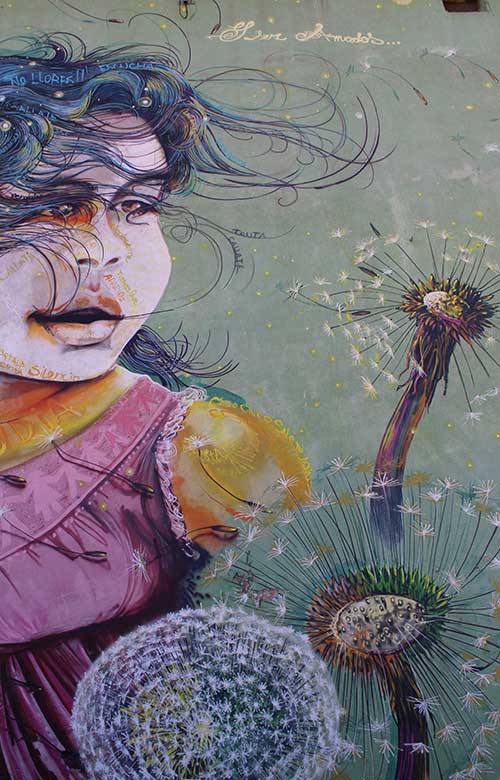
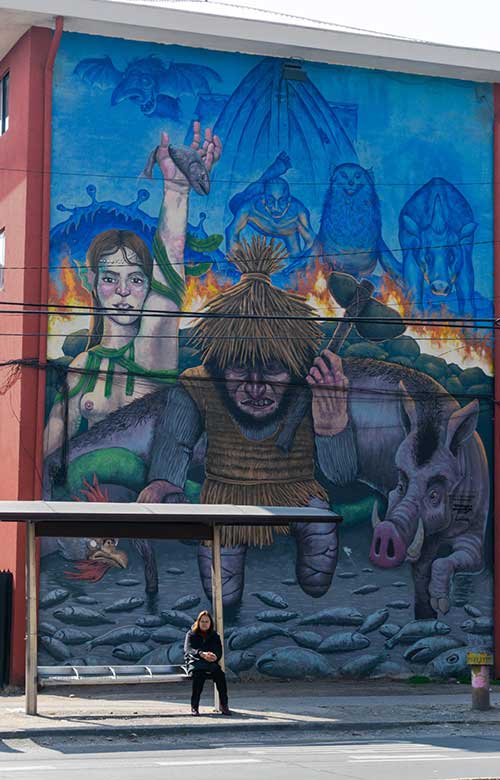
And guess what? You can also reach it via metro by looking for the ‘Departamental’ station.
If you are into all things vintage, be sure to pick a Sunday for your visit. That way you can combine art with a visit to the flea market. Furthermore, the community organizes free cultural activities on Sundays.
Markets, which in Chile are locally known as ‘ferias’, certainly are in abundance.
Four kilometers from ‘Museo a Cielo Abierto’ you will find ‘El Persa del Bio Bio’, a place to experience authentic everyday Chilean life. At ‘El Persa’ you will be able to find everything from vegetables, fruits, second-hand clothes, spare parts, and even a section for memorabilia.
Those looking for vintage items and antiques should skip the ‘new market’ and head straight to the corner of Placer Street 637 and Victor Manuel Street and look for Galpon 7 & Sector 5.
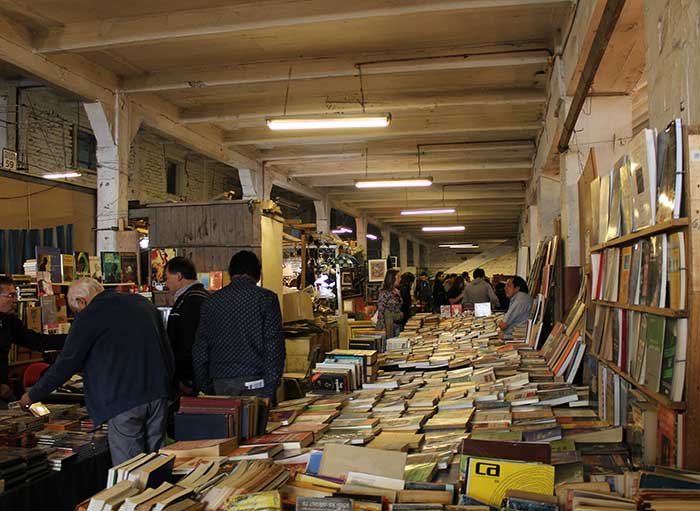
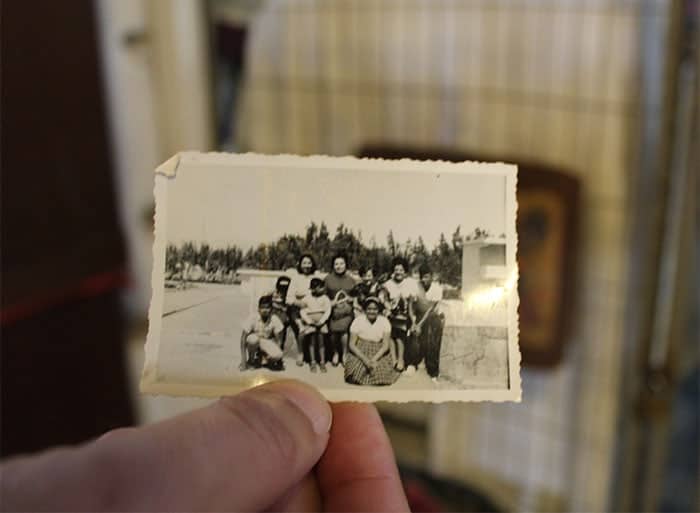
Not only foreign travelers visit this landmark of Santiago. Photography geeks also take the cable car for the opportunity to take advantage of the clear days and the breathtaking views of the city and snow-capped Andean Mountain Range as a backdrop.
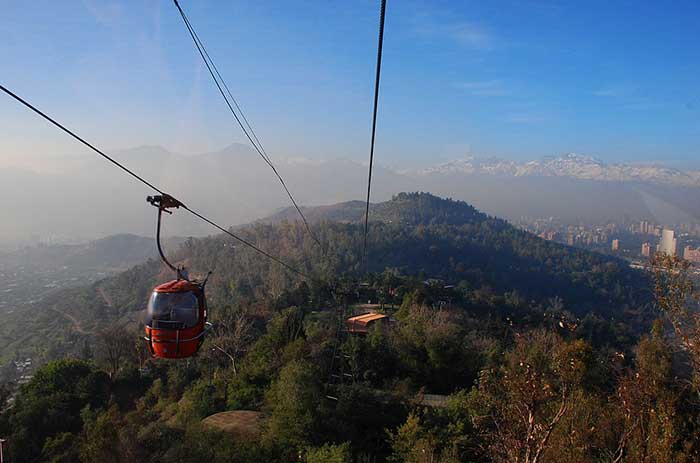
Santiago’s location makes it quite susceptible to smog, which can sometimes get in the way of the perfect shot. Check this link to keep an eye on the air quality in advance.
You can get there by taking the funicular up to the final station called ‘Cumbre’. As you make your way outside you will find yourself at the lookout point at the foot of the Virgin Mary.

Once you have taken your panoramic shots of Santiago (from the lookout point), you can get in the cable car that covers 2 kilometers in 15 minutes. The final station called ‘Pedro de Valdivia’ is just a 16-minute walk from the metro station of the same name.
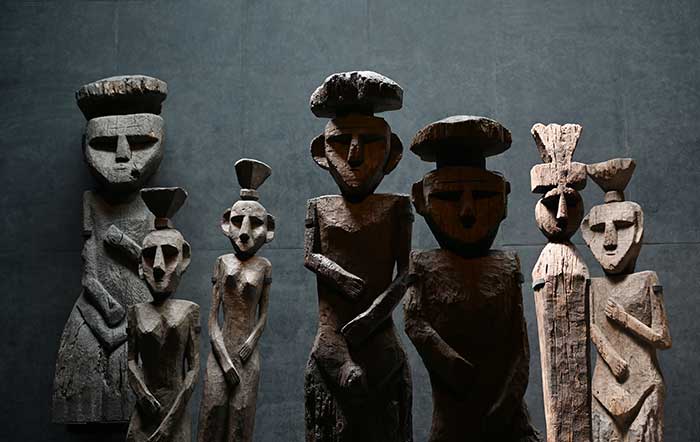
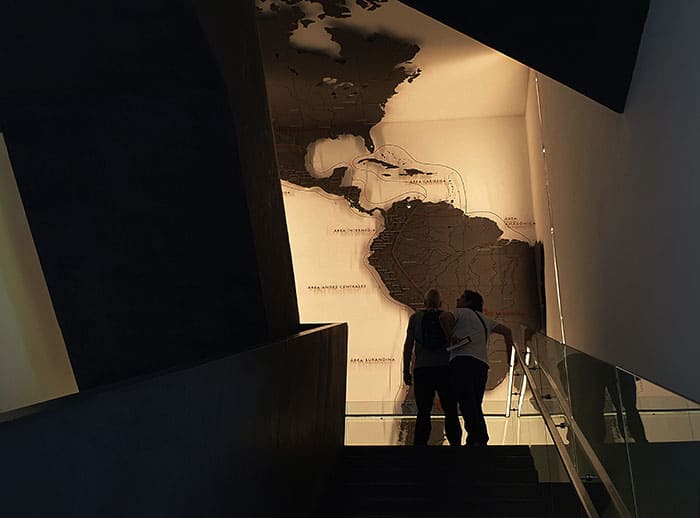
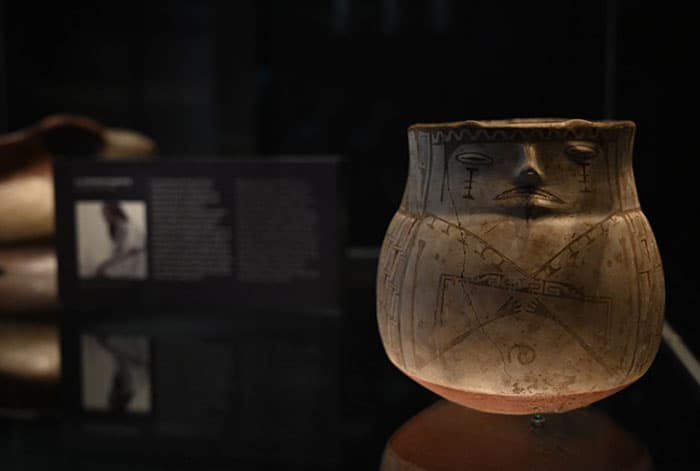
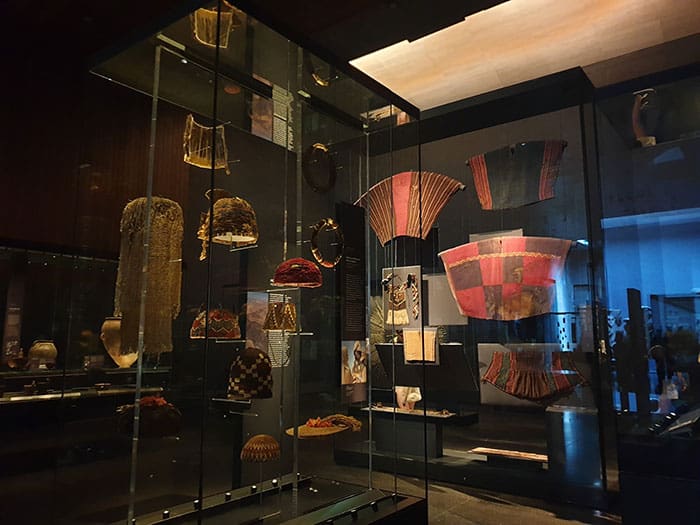
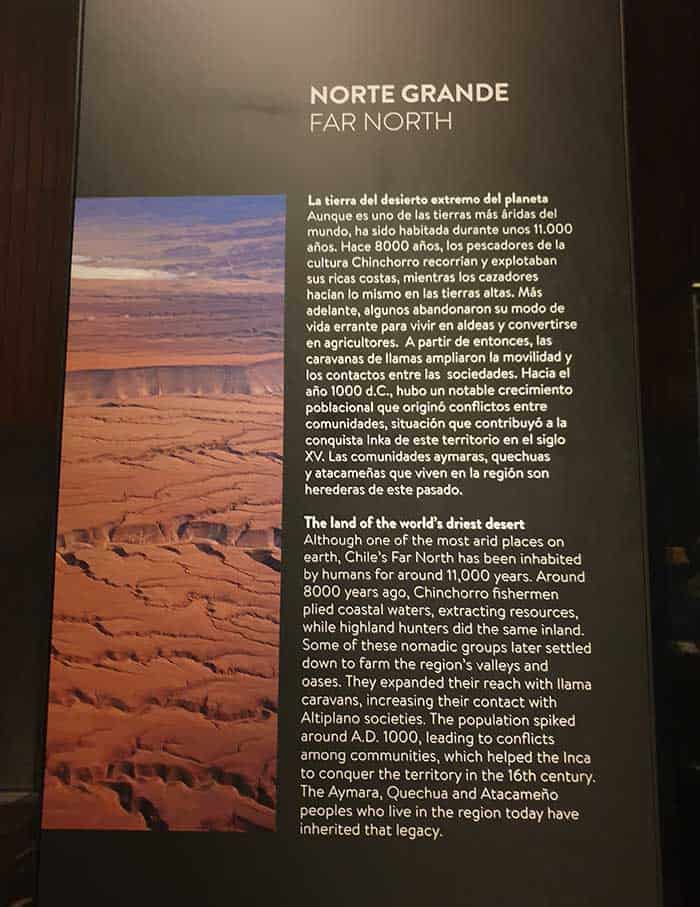
Located in Santiago's historic city center, this museum is undeniably a 'must-see' for both Chileans and visitors. We must confess that even with a 2-hour visit, we couldn't explore all the exhibition rooms. Hence, we had to set some priorities:
The museum has a small coffee shop which we recommend visiting. Believe me, you’ll need some rest for your legs after visiting the two exhibition rooms we listed above.
If you want to contribute to the museum and local artists we suggest taking a look at the adjacent shop. It offers a bunch of amazing photo books as well as authentic souvenirs for every travel bag size 😉
The museum is conveniently accessible by metro. Simply take the metro to 'La Moneda' station, which is the same station you would disembark at to visit the Presidential Palace. From there, it's just an 11-minute walk to reach the museum.
What SoHo is to New York, Little Italy is to Toronto, and Hoxton is to London, 'Barrio Italia' is to Santiago de Chile. This neighborhood began to flourish in the early 19th century when Italian immigrants settled and worked in small factories. Some houses still feature.
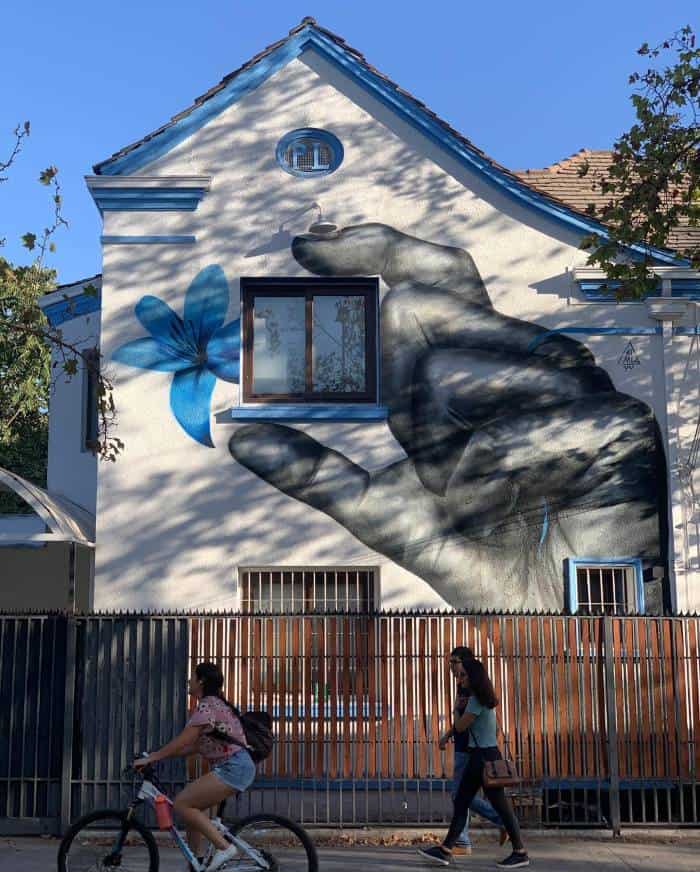
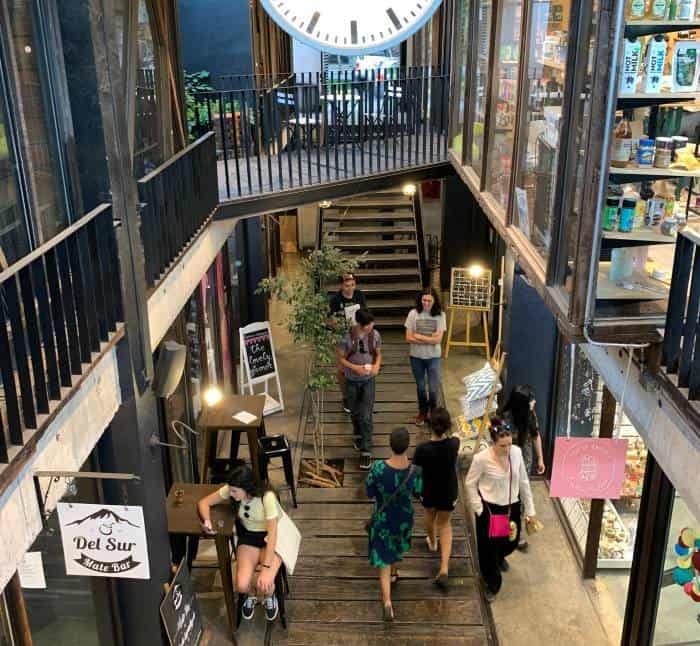
Over time, Barrio Italia evolved into a hub for merchants collecting memorabilia and furniture, attracting enthusiasts of vintage objects and fostering the opening of restoration shops. Unlike other neighborhoods in Santiago, Barrio Italia developed into a microcosm blending residences, small grocery shops, auto repair shops, and vintage shops.
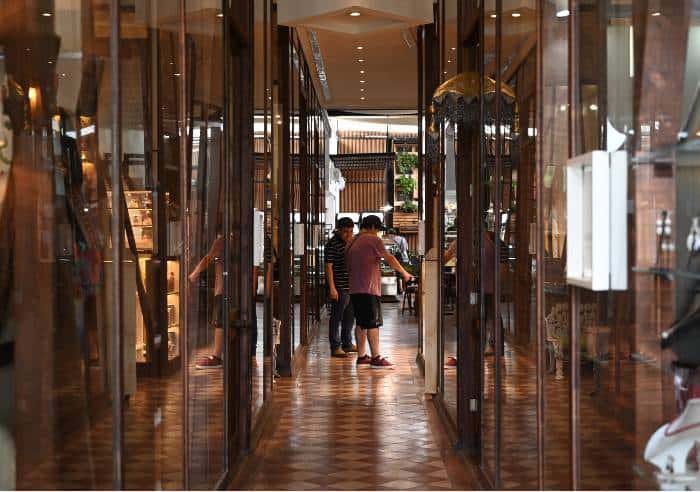
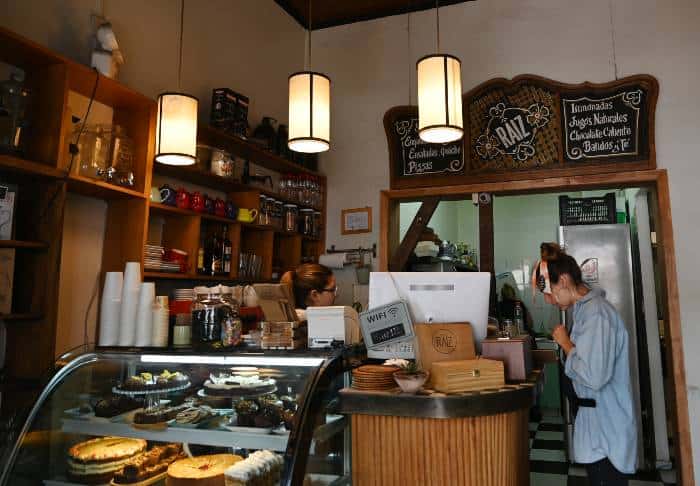
Colored cement tiles from that era have been remarkably preserved in certain houses, showcasing their timeless beauty. In fact, local authorities have established a circuit that allows visitors to explore residences adorned with this architectural heritage.
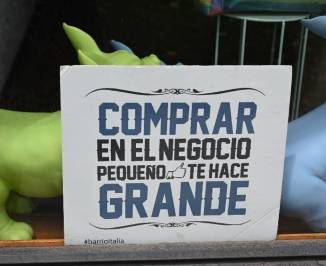
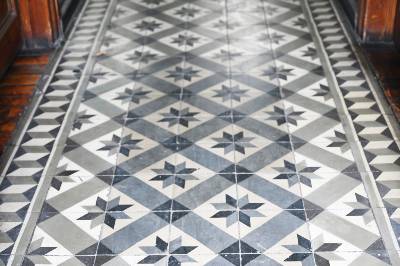
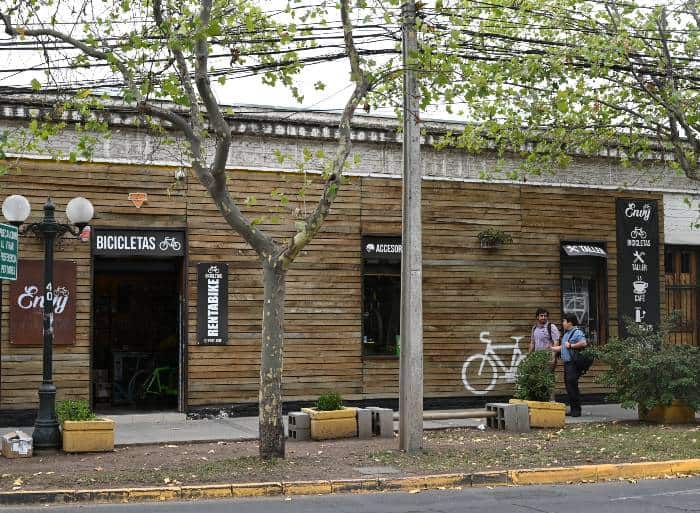
Its laid-back middle-class atmosphere and affordable rents also drew artists who found their home here, turning it into the 'Barrio del Diseño' (Design District). As the years passed, Barrio Italia transformed into 'Chile's Design District', offering a diverse range of artistic, cultural, and gastronomic experiences. You can find a bicycle repair shop next to a boutique designer studio or an antique store. The entrepreneurial spirit permeates the streets, making Barrio Italia a vibrant and creative destination.
You can enjoy a well-deserved break at the café of Maison Italia 1029. While their menu may not offer an extensive array of sandwiches and snacks, each one is prepared with fresh, locally sourced ingredients. In addition to a selection of coffee and juices, you'll also find a variety of Chilean wines available by the glass.
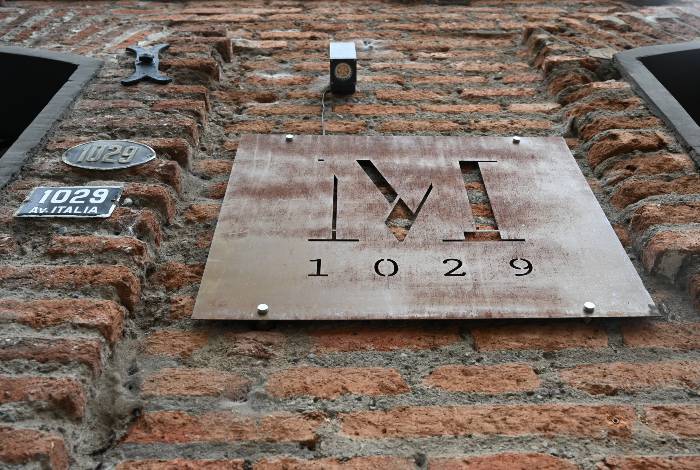
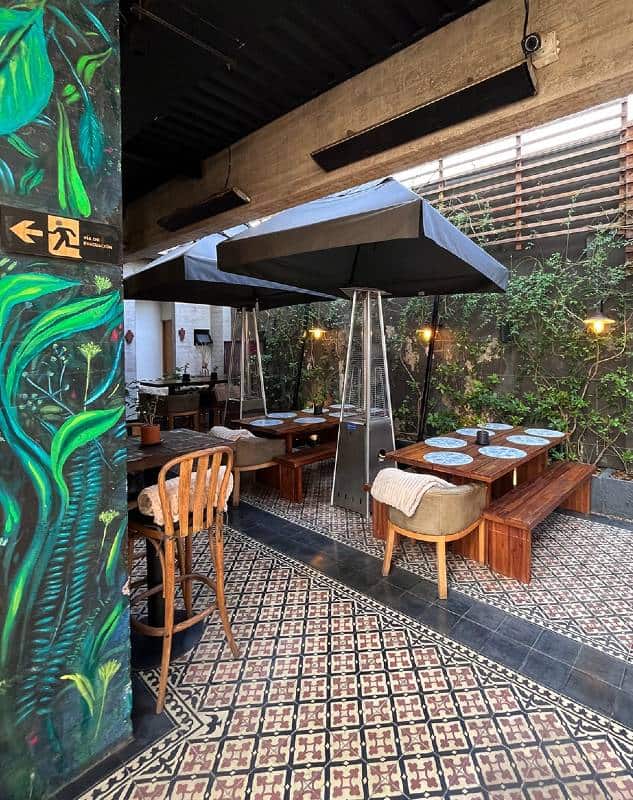
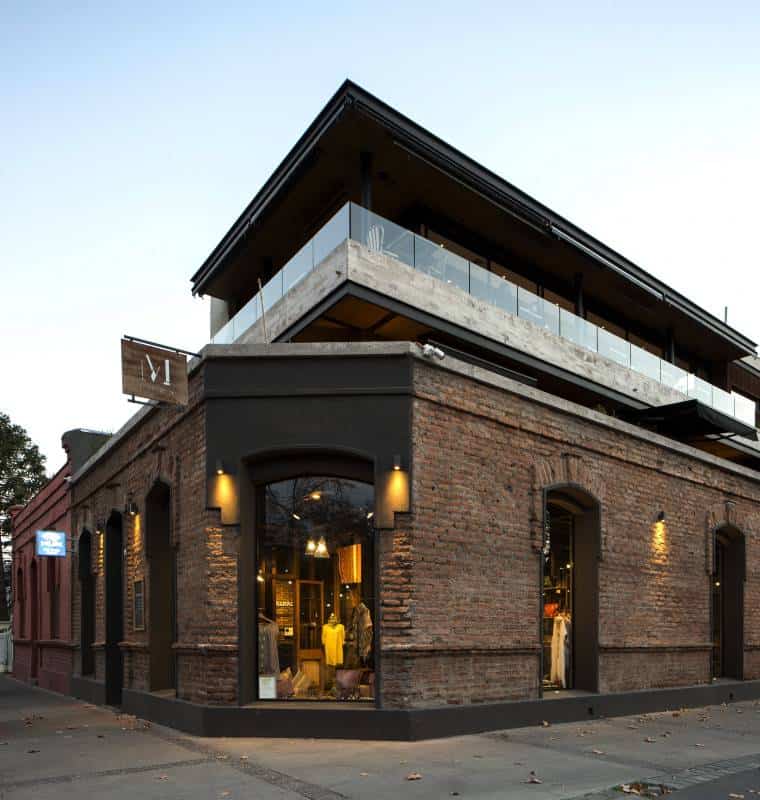
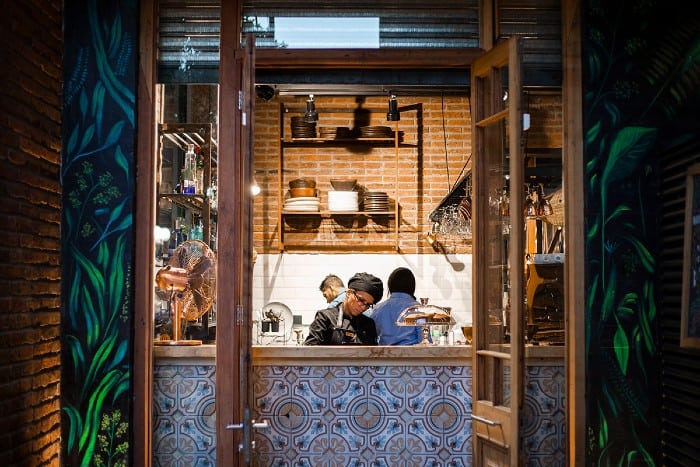
Barrio Italia is easily accessible by metro as well. Simply get off at Bustamante station to reach this vibrant neighborhood.
Several of the locations mentioned in the post are featured in our sightseeing excursion called the 'Santiago City Tour with Craft Beer'. Take a look at the details below.